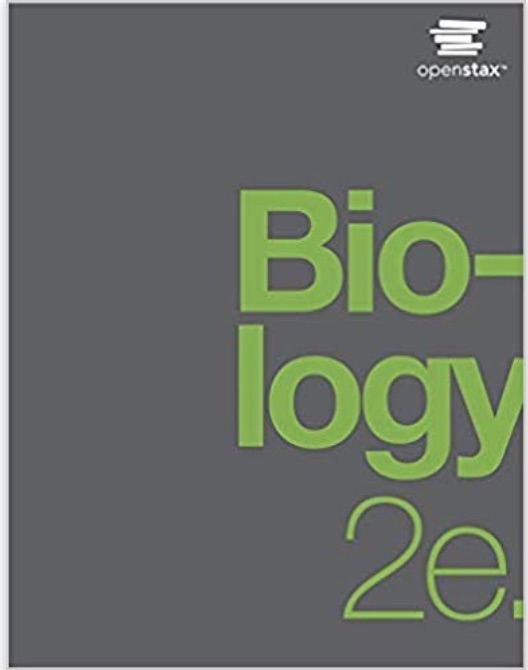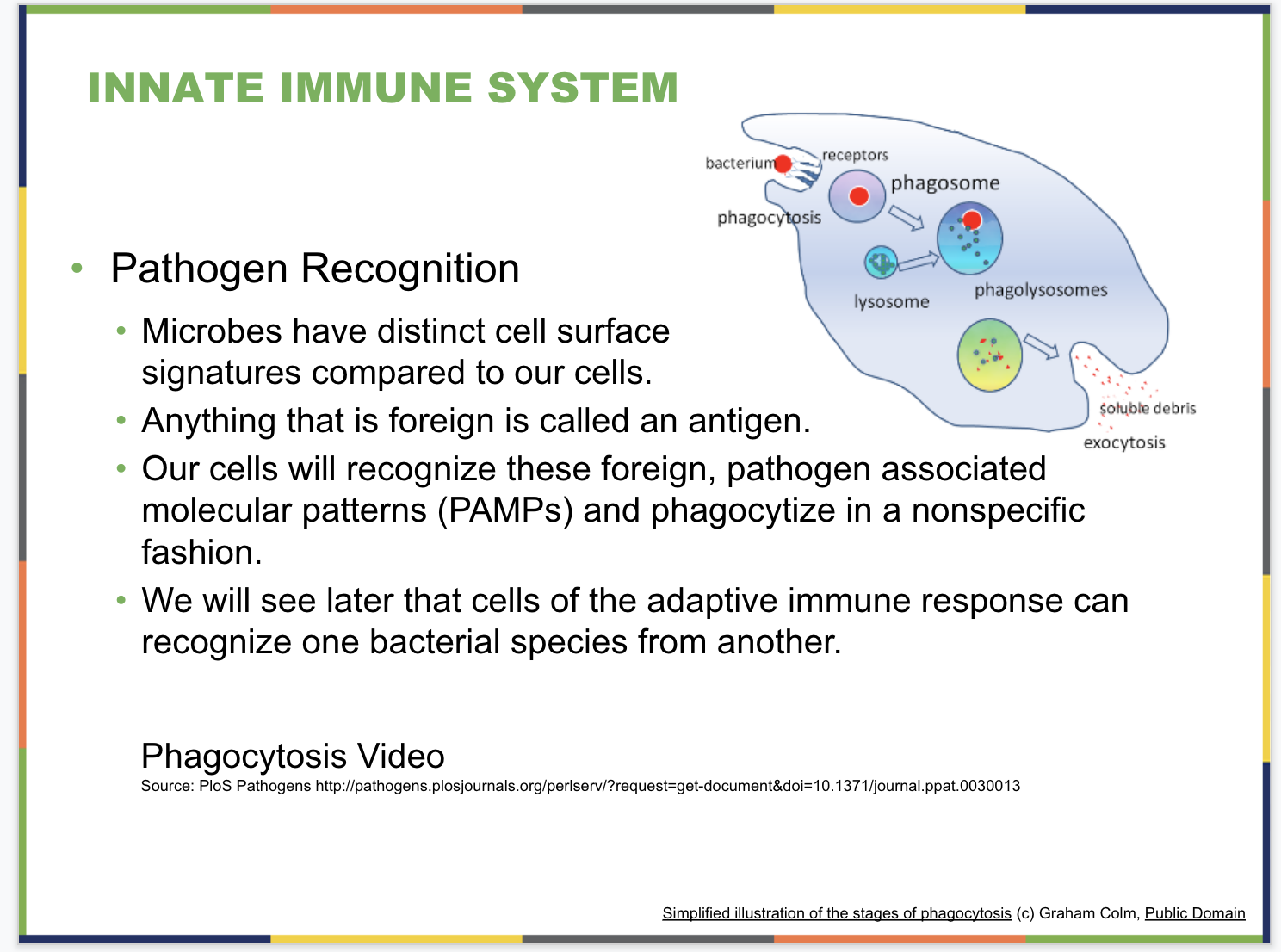The Immune System Resources
Overview
The environment consists of numerous pathogens, usually microorganisms, that cause disease in their hosts. Components of the immune system constantly search the body for signs of these pathogens. Mammalian immune systems evolved for protection from such pathogens. These systems are composed of an extremely diverse array of specialized cells and soluble molecules that coordinate a rapid and flexible defense system.
Learning Objectives
- Biology I: V2 – Outline representative mechanism that cells have evolved for communicating and coordinating their functions in a living organism; V3 – Explain how cell regulatory mechanisms ensure balance in living systems that interact continuously with their environments; V4 – Apply knowledge of cellular regulatory mechanisms to explanations of aberrant cell behavior.
- Biology II: III2 – Describe basic processes of infectious disease and defense against infection.
Recommended Textbook Resources
OpenStax: Biology 2e
Student Assessment Activities
Student Assessment Activities are below; instructors can also Download the Immune System Student Activities Word File or View the Immune System Student Activity Google Doc.
1. Group Project:
Select one of following disease that are due to disruptions of the immune system. Describe: 1) the etiology of the condition; 2) the signs/symptoms observed in the patient; 3) which component(s) of the immune systems are affected; and, 4) current treatments. Propose a mechanism for how the disorder could be cured.
Type 1 (insulin-dependent) Diabetes Mellitus
Multiple Sclerosis
Acquired Immunodeficiency Syndrome
Severe Combined Immunodeficiency
Graph vs. Host Disease (bone marrow transplant)
Intrinsic and Extrinsic Asthma
2. In-Class Project:
A) Find the correct answers to Review Questions #4 to 12 on page 1333. Note the page of Chapter 42 on which you found the answer. Be prepared to share your group’s answers with the rest of the learning community.
B) Find the correct answers to Review Questions #13 to 21 on pages 1333 and 1334. Note the page of Chapter 42 on which you found the answer. Be prepared to share your group’s answers with the rest of the learning community.
3. Outside of Class Homework:
Answer the following Critical Thinking Questions on page 1334: 22, 25, 28, 29

